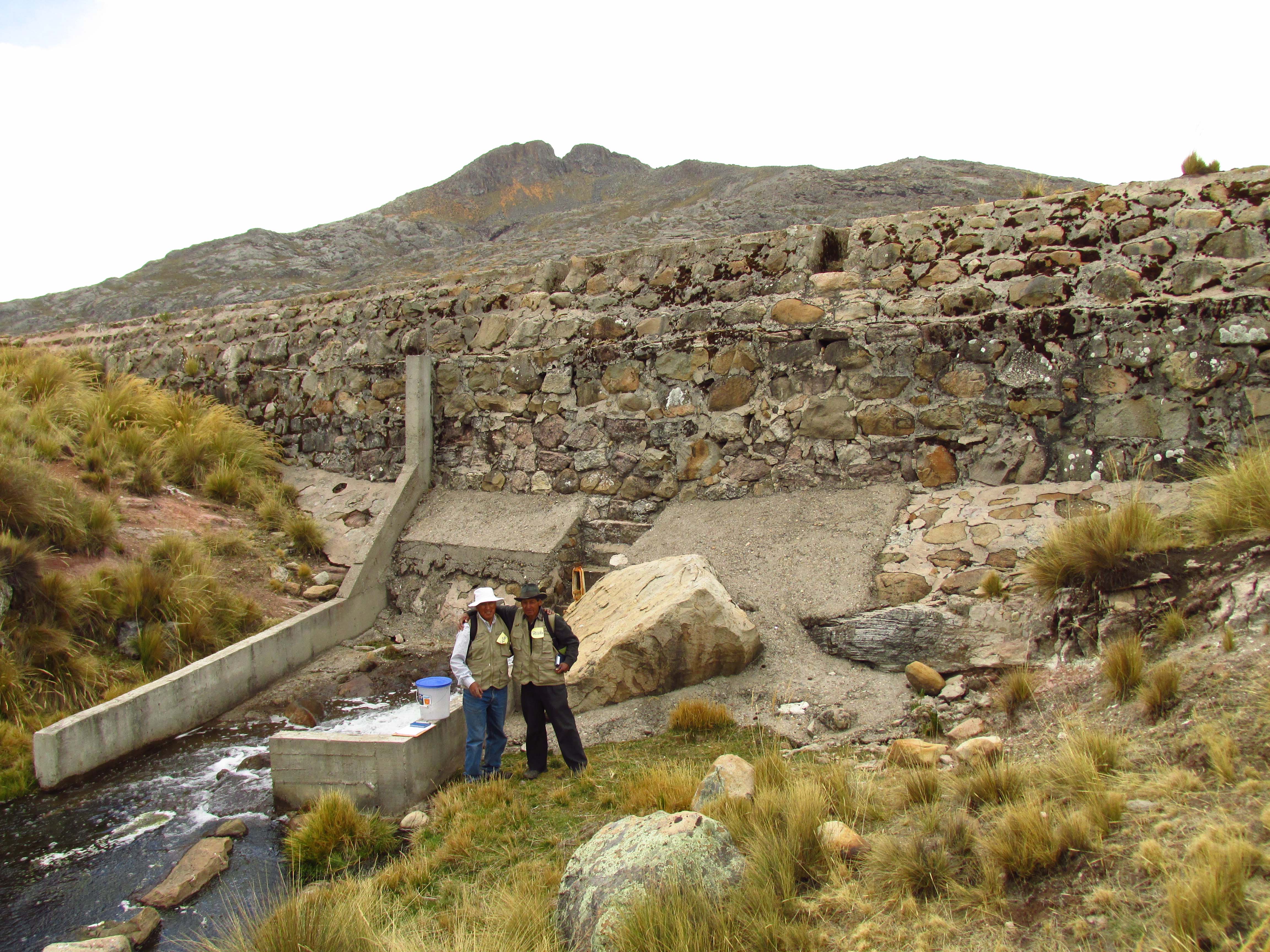Strengthening Local Skills and Knowledge
Monitoreo participativo de la condición de pastos.
The Mountain Institute
Diagnóstico Rural Participativo.
The Mountain Institute
As part of the “Strengthening Local Skills and Knowledge” component, we conducted courses and workshops, facilitated discussion events, and led training on how to apply pasture recovery techniques and evaluate their effectiveness. These activities helped sensitize community farmers, inspiring them to create new, small projects such as fencing and recovery of pasturelands or water and livestock management. In addition, the monitoring system applied shows that skills for pasture management, with regard to evaluation, fencing and recovery at the family and community levels, have increased (IM, IUCN, 2015). As part of the communication activities, an informational showcase and two participatory videos, a theatre play and publications were produced. This contributed to raising awareness among the group of livestock farmers regarding pastures, water and livestock management and helped disseminate information about the project at community and landscape reserve levels (IM, IUCN, 2015). Information was generated through participatory rural diagnostics (specific studies in water, pasture, archaeology, social organization, productive activities) and a hydro-geological study in the water channel’s area of influence.
• Use of communication tools to increase local awareness and understanding of the project.
• Dialogue and knowledge exchange between local and external experts.
• Communication as a central component.
• Steady support through a facilitator.
• Local researchers served as a bridge between the project and the whole community.
• Plan communication activities as a cross-cutting issue of the project.
• Include activities that involve those groups within the community that may be underrepresented. For example, participatory videos, theatre plays and artistic activities are particularly suitable to convey messages to young people, women, children and elders.
• It is helpful to have a team trained in applying a participatory approach, using participatory tools and facilitating collective learning.
• Diversify methods with local partners, combining workshops with other, more practical and field-based ("learn-by-doing") methods and tools.
• Design and implement a communication strategy that helps to disseminate the intermediate achievements of the project. This might include communication tools of great appeal and impact, such as participatory videos and theatre plays or “Art Night".
• Maintain a high level of presence in the field and share everyday life with the community.
